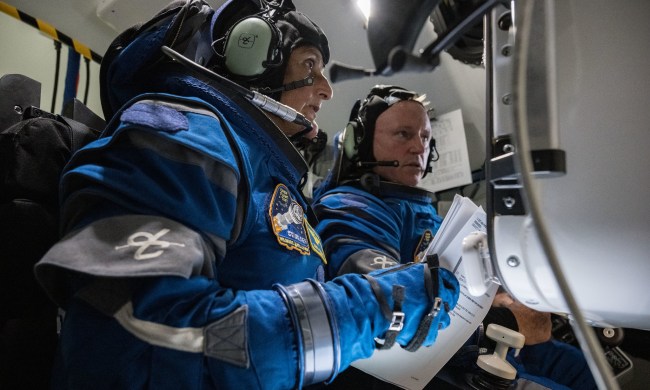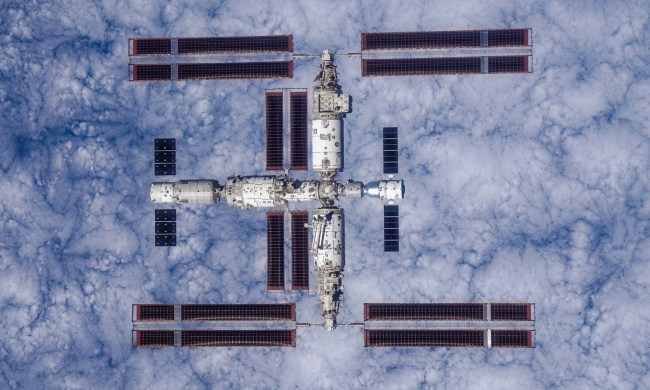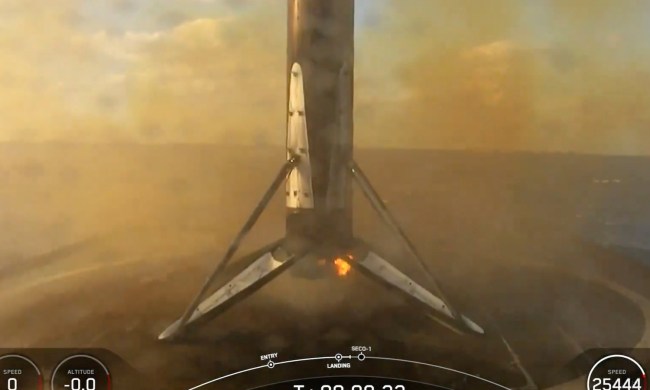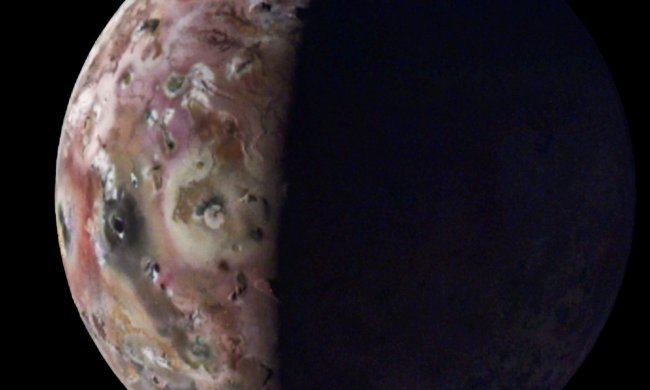Space News
About
Explore Space News
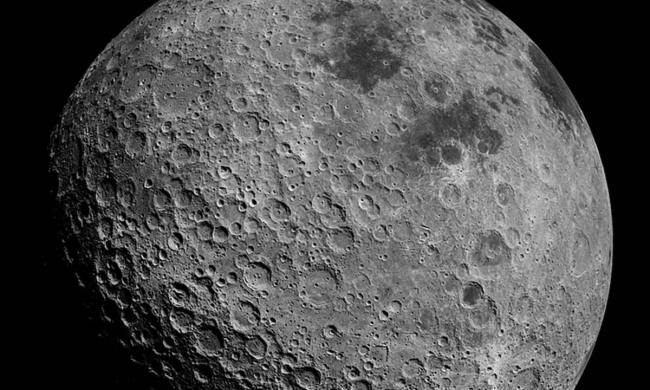
China confirms target date for landing taikonauts on the moon
Space officials in China say they're on track to put the nation's first taikonauts on the lunar surface before the end of this decade.

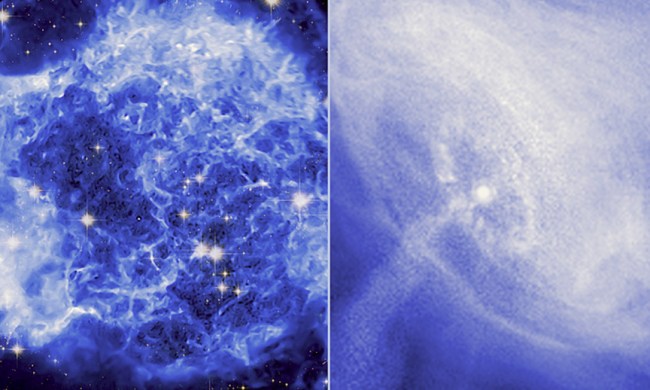
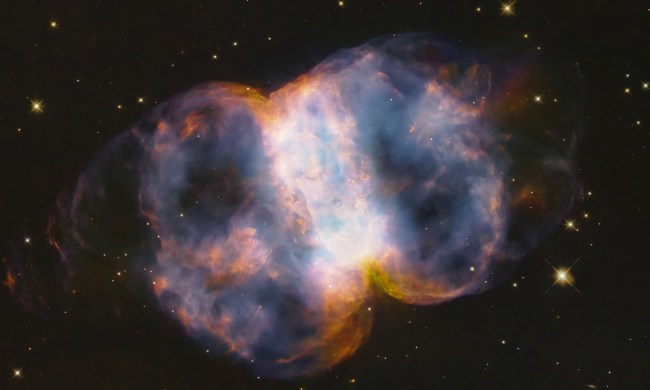

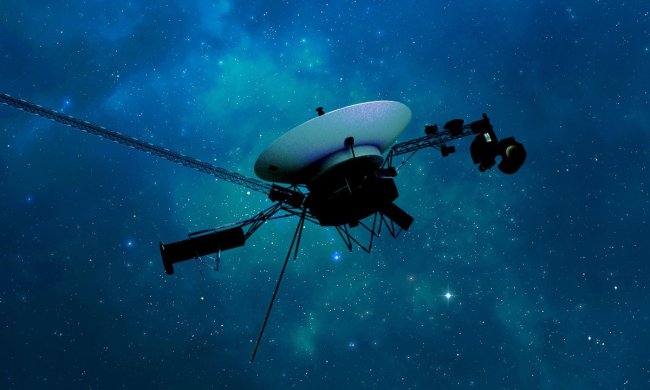


Biggest stellar black hole to date discovered in our galaxy
Astronomers have discovered a large stellar mass black hole that weighs 33 times the mass of the sun and is located just 2,000 light-years away.
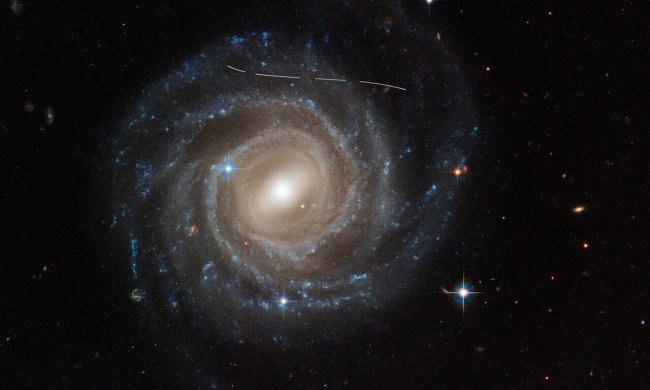
Hubble discovers over 1,000 new asteroids thanks to photobombing
Astronomers have used 19 years' worth of Hubble data to detect over 1,000 previously unknown asteroids in our solar system.
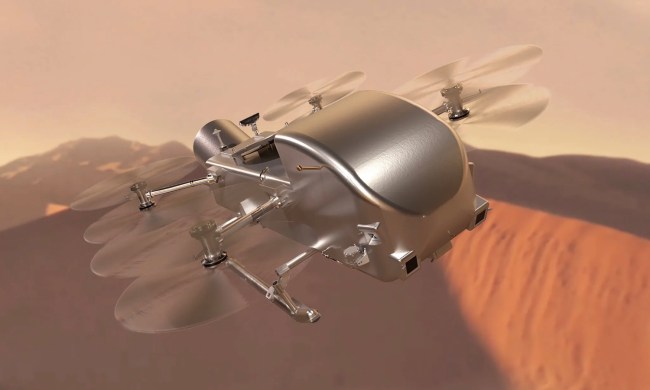
NASA gives green light to mission to send car-sized drone to Saturn moon
NASA’s Mars helicopter mission is now officially over, but following it is an even more complex flying machine destined to explore Saturn’s largest moon.

Final communications sent to the beloved Ingenuity Mars helicopter
NASA's hugely successful Mars helicopter Ingenuity will continue saving data in case future explorers should come its way again.

NASA needs a new approach for its challenging Mars Sample Return mission
NASA is seeking new ideas for its Mars Sample Return mission after admitting that its previous plan to bring samples from Mars back to Earth was too ambitious.

Starliner spacecraft just took a major step toward first crewed flight
Boeing has stacked the Starliner spacecraft atop an Atlas V rocket ahead of the capsule's first crewed flight to orbit next month.

Junk from the ISS fell on a house in the U.S., NASA confirms
NASA has confirmed that a metal object that fell on a house in Florida last month was from the International Space Station.

Watch NASA begin testing its Orion capsule for lunar flyby
NASA has started testing the Orion spacecraft that will take astronauts on a voyage around the moon on the Artemis II mission scheduled for 2025.

Hubble spots a bright galaxy peering out from behind a dark nebula
A new image from the Hubble Space Telescope shows a galaxy partly hidden by a huge cloud of dust known as a dark nebula.

This is how the world ends: swallowed or shredded by a dying sun
Researchers recently studied the status of dead stars called white dwarfs, giving a glimpse at what our own solar system will look like in 5 billion years.

This beautiful nebula holds a starry mystery at its heart
A gorgeous nebula turns out to hold a surprise at its center: a pair of stars that don't match as they should.

See what the solar eclipse looked like from space
The astronauts on board the International Space Station caught a stunning glimpse of this week's solar eclipse, and NASA has shared some images.

SpaceX slow-motion video shows powerful Raptor rocket engine shutting down
SpaceX has shared dramatic slow-motion footage showing a Starship spacecraft Raptor engine powering down at the end of a recent test fire.
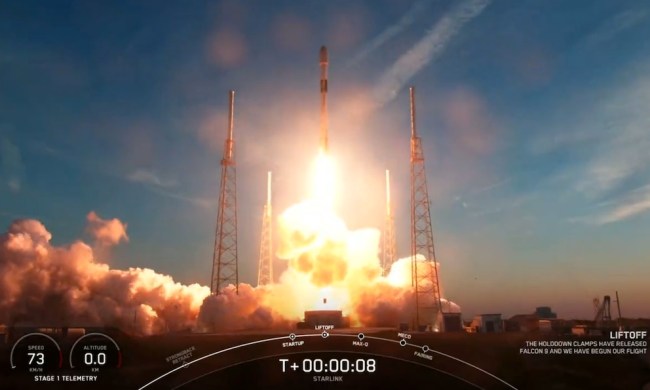
SpaceX all set for a record-breaking rocket launch on Friday
SpaceX has set lots of spaceflight records in its 22-year history, and on Friday, one of its rockets is expected to set another one.

Watch ULA’s triple-booster Delta IV Heavy roar to space for the final time
Watch ULA's triple-booster Delta IV Heavy take final flight.

ULA’s Delta IV Heavy rocket is about to take its final flight
After a scrubbed launch last month, United Launch Alliance is expected to send its Delta IV Heavy rocket on its final flight on Tuesday.
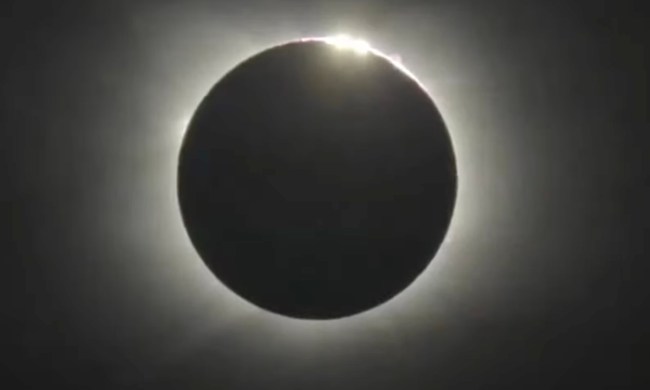
When is the next total solar eclipse?
Monday's total solar eclipse in the U.S., Canada, and Mexico has been and gone. So when is the next chance to experience this spectacular celestial phenomenon?

The first views of the eclipse are coming in, and they’re stunning
Eclipse mania is gripping swaths of the U.S. today as a total solar eclipse passes across the country from Texas to Maine.

Watch SpaceX blast its megarocket engines in spectacular test
SpaceX has performed a spectacular static fire test of its Super Heavy booster, firing all 33 Raptor engines ahead of its fourth test flight.

Total solar eclipse: NASA’s most important piece of advice
The next total solar eclipse is just hours away. NASA wants everyone to enjoy it, but has some important advice on how to do it safely.

First indications of a rare, rainbow ‘glory effect’ on hellish exoplanet
Researchers believe they may have identified a set of rainbow-like colorful rings, called a glory, on a planet outside our solar system for the first time.

Is dark energy changing over time? A new survey suggests it could be
New results from a survey into dark energy show a look back 11 billion years into the past, with the largest ever 3D map of the universe.
